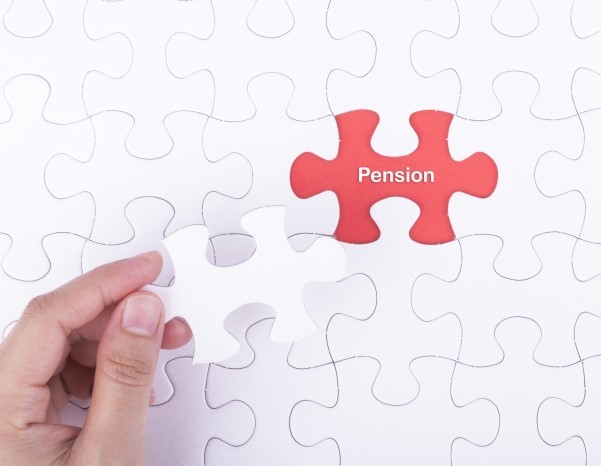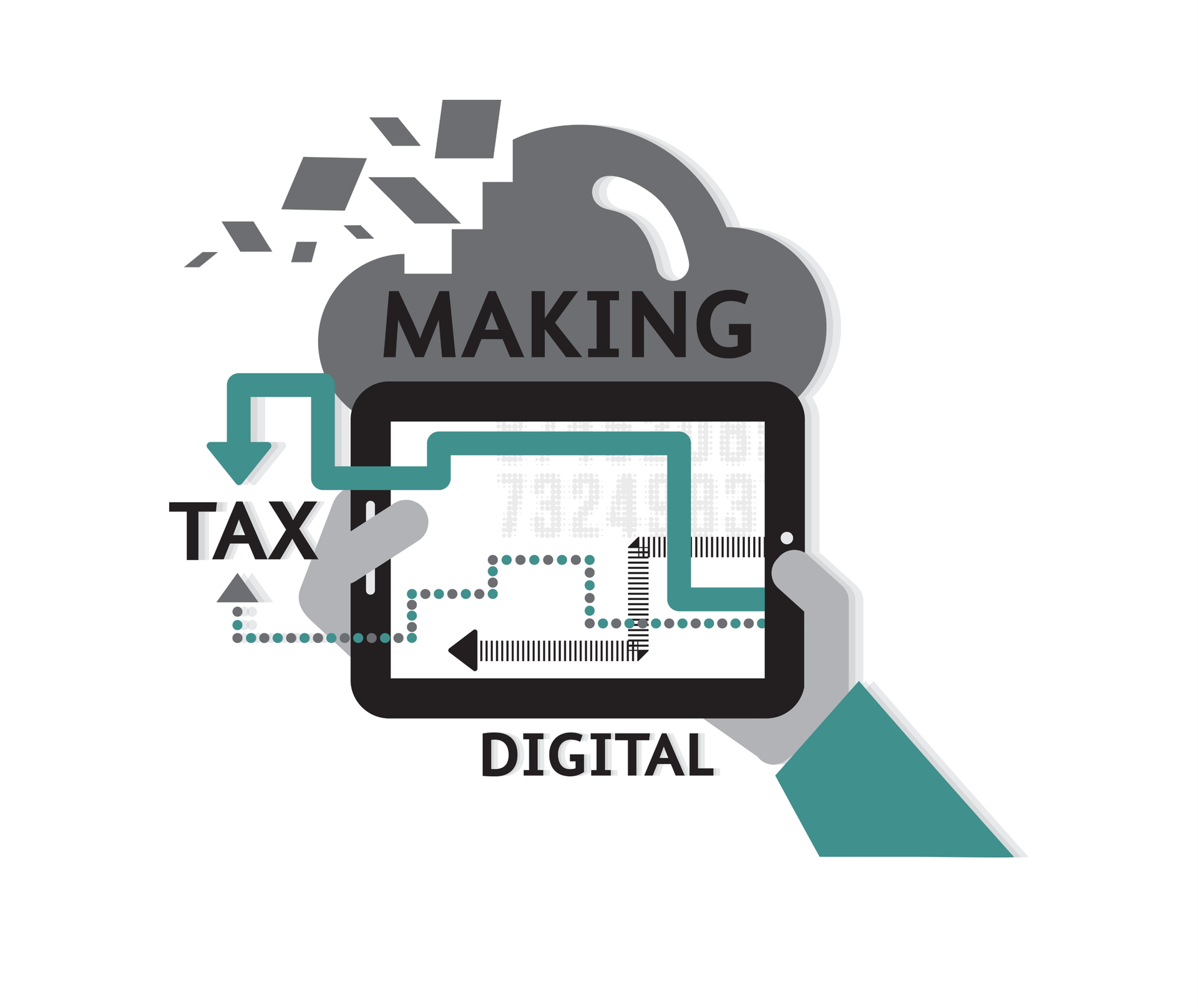
A welcome announcement in the Chancellor's Spring Budget was the alignment of the National Insurance Contributions (NIC) starting thresholds from July 2022 for individuals with a personal income tax allowance.
For the tax year 2022/23, self-employed individuals will pay class 2 and class 4 NIC on profits above £11,908 and from 2023/24 both class 2 and 4 NIC will be payable on profits above £12,570 per year.
This has, however, produced a quandary for those self-employed individuals who have profits below the lower profits threshold (£11,908 for 2022/23) - should those individuals make voluntary Class 2 NIC payments?
Class 2 NIC is charged at a flat rate of £163.80 per year (£3.15 per week) for 2022/23 and importantly, paying it allows the individual to maintain a full NI contribution record for the year to build up entitlement to the UK state pension and certain other state benefits.
For 2022/23, the class 2 small profits threshold of £6,725 remains in place such that those self-employed individuals who make a loss or have profits below that amount have the option of paying class 2 NIC voluntarily. However, an individual who makes profits between the small profits threshold (£6,725) and the lower profits threshold (£11,908) is not liable to pay class 2 NIC and as such will be unable to pay voluntary Class 2 NIC.
To ensure that those lower-profit traders are still able to maintain their NIC record, the government has created a new class 2 NI 'credit' which leads to the situation for 2022/23 as follows:
Profits in the band: Up to £6,724
Class 2 NIC payable: Voluntary NIC: £163.80 per year
Profits in the band: £6,725 - £11,907
Class 2 NIC payable: NI Credit given - zero payable
Profits in the band: £11,908 or more
Class 2 NIC payable: Compulsory NIC: - £163.80 per year
To be eligible for the class 2 NI 'credit' the taxpayer must report self-employed profits at least equal to the class 2 small profits threshold of £6,725 on their 2022/23 tax return.
Each additional qualifying year works out to be an extra £5.29 a week (£275.08 a year) in State Pension, based on 2022/23 rates. To gain any state pension, 10 year’s payments must be made, or credit given with the full pension entitlement being 35 years. Therefore, it is important for every self-employed individual to keep a check on the number of years they have built up towards their state pension and take advice accordingly. This information can be found here.
We appreciate that this can be tricky area to navigate so please get in touch if you’d like advice on your situation.
The information provided in this blog is for general informational purposes only and should not be considered professional advice. As far as we are aware, the content is accurate at time of publication. Torgersens assumes no responsibility for errors or omissions in the content or for any actions taken based on the information provided.

.jpg)
.jpg)





